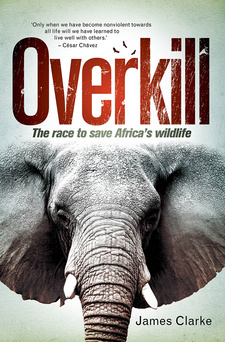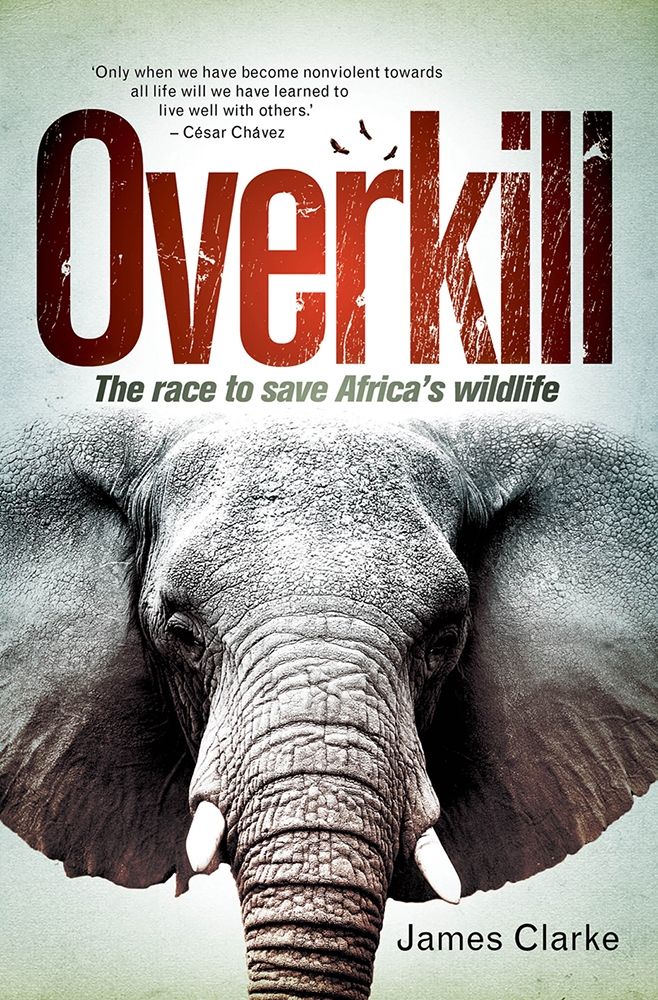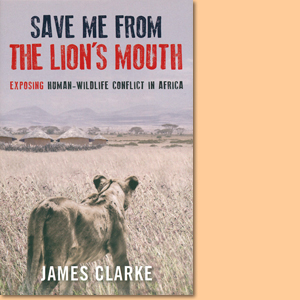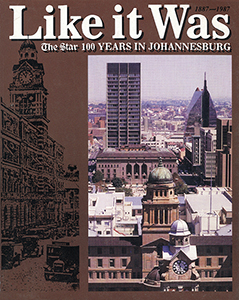Overkill: The Race To Save Africa's Wildlife, by James Clarke

Overkill: The Race To Save Africa's Wildlife, by James Clarke. Penguin Random House South Africa. Imprint: Struik Nature. Cape Town, South Africa 2017. ISBN 9781775845775 / ISBN 978-1-77-584577-5
The author of Overkill: The Race To Save Africa's Wildlife, James Clarke, trained as a journalist in Britain and came to South Africa as a daily newspaperman, where he made a career as a science writer.
To kill a lion
A conservationist must be an optimist, otherwise there's simply no point in being one. But it is not only the optimist in me that makes me dismiss the often-quoted contention that the African lion - currently being poisoned, poached and hunted on an unsustainable scale - will be extinct within 20 years. The situation is indeed dire, but it is not terminal. Until the 19th century, the African lion was found from Cape Town to the Mediterranean. It lived in deserts, in mountains, in the bush, along the coast - ironically, everywhere except in its legendary "kingdom", the jungle. Lions are very difficult to count and their numbers, anyway, can fluctuate wildly year by year, depending on the rainfall. In wet years, hunting is difficult; their prey species no longer have to risk drinking at waterholes staked out by the cats. The lions have to work harder and eat less. Cub mortality rises. Some cubs starve; some are killed by adults when trying to feed at a crowded kill. In dry years, because prey species are forced to use waterholes, predation soars and cubs thrive. Lion numbers have slumped in the last 20 years, some believe by a third, while others say the number has halved. One estimate was that there were 35,000 left in 2011. Half of that number are likely to disappear over the next two decades, according to the Proceedings of the National Academy of Sciences in America, published in October 2015. Who knows? Even now, the number is pitiful for a continent whose icon is the lion. The cat now occupies only 8% of its historical range, and its populations have been extinguished in 12 African states. Four more countries in West Africa might follow, for lions in that region are down to a few hundred and confined to 1% of their former territory. The fate of the Kenyan lions is typical. A century ago lions were abundant there, and sometimes wandered into Nairobi. The aptly named Scots big-game hunter, J. A. Hunter, was employed around the mid-20th century to reduce lion numbers in the Maasai's territory. Not long before, Maasai cattle had been hard hit by a major rinderpest epidemic, and lions were making short work of the survivors. Hunter used mongrels from the Nairobi dog pound - dogs that would enthusiastically, and often suicidally, rush at the lions and confuse them while the hunter placed his shots. His strategy was for a Maasai assistant to get the dogs to chase a pride of lions into a gully while he waited at the other end for them to emerge. In this way he could shoot as many as seven lions in quick succession. He generally found lions easy to shoot, and killed 88 in three months. Significantly, only 20 of the skins were in prime condition. Hunter sometimes travelled on the Mombasa/Nairobi line - made notorious by the "man-eaters of Tsavo" at the turn of the century, when scores of railway workers were eaten by a rogue pair. The train driver, if he spotted game ahead, would stop the train to allow Hunter to shoot not only lions beside the track but once, while passengers waited, a fair-sized tusker. Lions were often shot quite casually in those days. Kenya banned all hunting in 1977, but lion numbers have continued to decline dramatically, along with other populations of charismatic megafauna. The country, once famous for its lions, is nowadays seriously worried about the viability of its lion population - the lowest in its history. [...]
This is an excerpt from Overkill: The Race To Save Africa's Wildlife, by James Clarke.
Title: Overkill
Subtitle: The Race To Save Africa's Wildlife
Author: James Clarke
Publisher: Penguin Random House South Africa
Imprint: Struik Nature
Cape Town, South Africa 2017
ISBN 9781775845775 / ISBN 978-1-77-584577-5
Softcover, 15 x 22 cm, 195 Pages, 1 map
Clarke, James im Namibiana-Buchangebot
Overkill: The Race To Save Africa's Wildlife
Overkill: The Race To Save Africa's Wildlife describes the history and extent of human impact on the worlds wildlife.
Save me from the Lion's Mouth: Exposing Human-Wildlife Conflict in Africa
Save Me From the Lion's Mouth investigates the increasing conflict between people and wildlife in Africa.
Like it was. The Star 100 Years in Johannesburg 1887-1987
Like it was is a tremendous, most interesting collection of representable newspaper publication of the South Africa newspaper 'THE STAR' through 100 years from 1887 to 1987.



